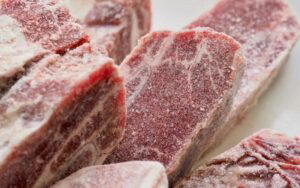
How To Cook Frozen Steak: Expert Tips Unveiled
Have you ever been told that to get the best steak, you need to thaw it first? Most of us have. And most of us

Have you ever been told that to get the best steak, you need to thaw it first? Most of us have. And most of us
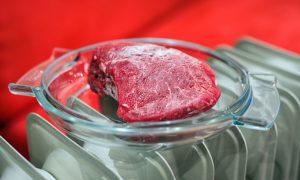
Have you ever stood in your kitchen, holding a frozen steak, and wondered, “Can I defrost this on the counter without any problems?” You are
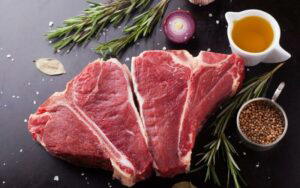
So, you bought a steak and tossed it into your fridge at the beginning of the week. The weekend is here and you are planning

Sirloin steak in crock pot? Hmm, that’s something we usually don’t come across when we look for steak recipes. It’s either a heavy skillet or
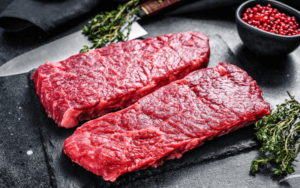
Known as the butcher’s cut, bavette is a very popular cut of meat that has lost its charm in recent years. Due to low-quality supermarket
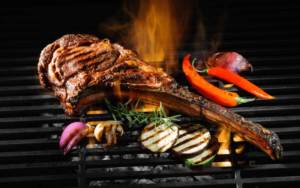
You’ve tried steaks but have you ever had a Tomahawk steak cut? This may be the ultimate carnivore meal; a huge hunk of meat with